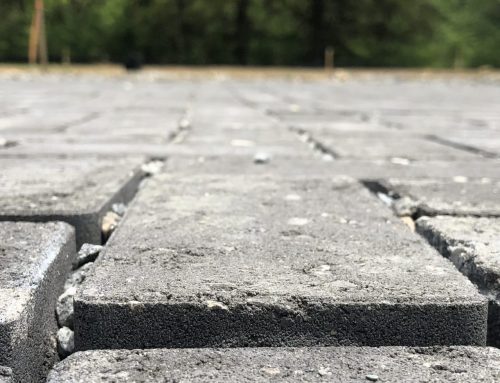All Americans agree that abundant clean water is vital to the quality of life and economic well-being of the United States. Yet, currently 210 million Americans live within 10 miles of an “impaired water body”. This condition will continue to worsen under the relentless flow of 10 trillion gallons of untreated stormwater into our receiving waters. This sentiment is stated well by the Natural Resources Defense Council:
“Dirty water is the world’s biggest health risk, and continues to threaten both quality of life and public health in the United States. When water from rain and melting snow runs off roofs and roads into our rivers, it picks up toxic chemicals, dirt, trash and disease-carrying organisms along the way.”
Also, all Americans agree that the enormous accomplishments of the United States are due to the encouragement of ingenuity and entrepreneurship. American innovation, resulting from the combination of capital, hard work, determination and perseverance has propelled the United States to world leadership in less than 250 years.
We can use this proven American track record of problem solving through capitalism to meet the Clean Water Act’s “Maximum Extent Practicable” (MEP) clause, which may result in the application of new and inventive technologies to restore and preserve our clean water natural resource.
Unfortunately, American entrepreneurs working to develop technologies to address the stormwater problem have largely been ignored due to the USEPA, national environmental organizations, and existing state guidelines largely focusing on “green infrastructure” and “low impact development” solutions. This is despite the fact that technology is used globally to treat our drinking and waste water, and that often stormwater technologies can match or exceed the pollutant removal capability of green solutions, mimic natural hydrology, be dispersed throughout a site, reduce the footprint of development and be deployed on sites where tradition green infrastructure is not feasible. The time is ripe to stop limiting ourselves and focus on solving the problem.
The Stormwater Equipment Manufacturers Association (SWEMA) encourages the use of all solutions, including the promotion of “green infrastructure”, “low impact development” and any other device or process capable of helping to meet our national water quality goals. SWEMA members have innovated and continue to develop new technologies that treat stormwater by removing pollutants carried by stormwater runoff. Trash, sediment, hydrocarbons, nitrogen, phosphorus, heavy metals are just some of the pollutants targeted and removed by manufactured technologies. The majority of innovative technologies is housed in structures and therefore, is perceived as not being “green infrastructure” or “low impact development”, but that should not stop us from using the most effective tool.
Speaking of tools, has anyone only seen one tool in a tool belt? Of course not. Actually, SWEMA members manufacture structures that can serve as pretreatment devices for “green infrastructure” and “low impact development”, to help address the Trojan horse … maintenance. This complementary use protects and preserves “green infrastructure” and “low impact development” installations to extend the life of the investment.
In conclusion, the use of manufactured stormwater treatment, management structures and innovative technology can and should be encouraged as an additional tool for use in addressing America’s clean water initiatives.
 Gene LaManna
Gene LaManna
Gene LaManna is the Sales and Marketing Manager for Terre Hill Stormwater Systems. Gene has over 35 years of regulatory compliance experience in land use and development. He has a B.S. from St. Joseph’s University and a J.D. from The University of Pittsburgh.






